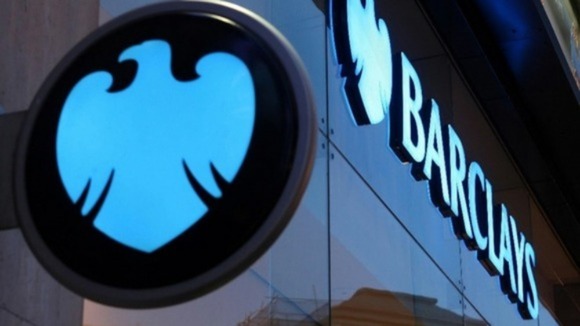Facts about Libor and the banking scandal
Here are some facts about Libor and its history:
- The London Interbank Offered Rate (Libor) is a benchmark which governs the rates at which banks are prepared to lend to each other in the wholesale money markets.
- Banks use Libor as a basis of swap rates - the borrowing rate between financial institutions. These swap rates are in turn used to determine pricing for a vast range of products around the world, including corporate loans and fixed-deal mortgages.
- Banks globally manipulated Libor in the depths of the financial crisis, when interbank rates were soaring, because a high rate reflected badly on the state of a bank's balance sheet.
- It spiked to a historic high of 6.8% at the height of the credit crunch, but should be roughly the same as the Bank of England base rate.

- In June 2012, Barclays was fined £290 million by US and UK authorities for attempting to manipulate Libor in an effort to paint a flattering picture of its financial health to markets.
- Around 20 institutions worldwide have been investigated for possible Libor manipulation following Barclays' settlement.
- In August, Royal Bank of Scotland, Barclays and HSBC were among seven banks handed legal notices demanding that they assist in an inquiry by the attorneys general of New York and Connecticut.
- In December, Swiss bank UBS paid £940 million in penalties for its role in the scandal
- UK authorities have come under fire for the part they played in the Libor scandal. It emerged that US Treasury Secretary Timothy Geithner made a series of recommendations for reforming Libor to the Bank of England four years ago, when he was president of the Federal Reserve Bank of New York.

No comments:
Post a Comment